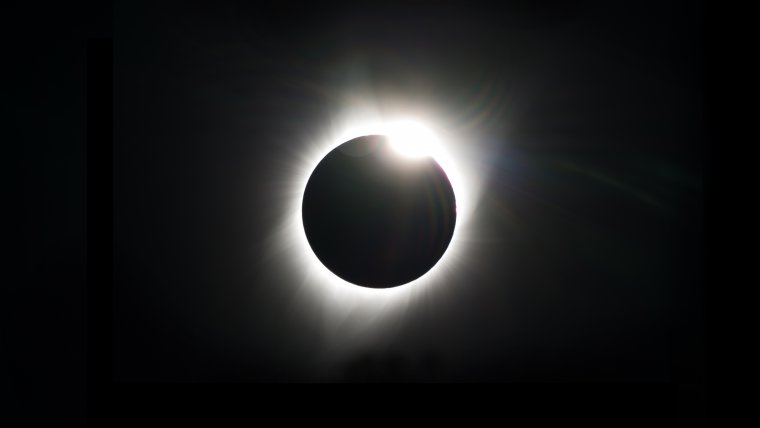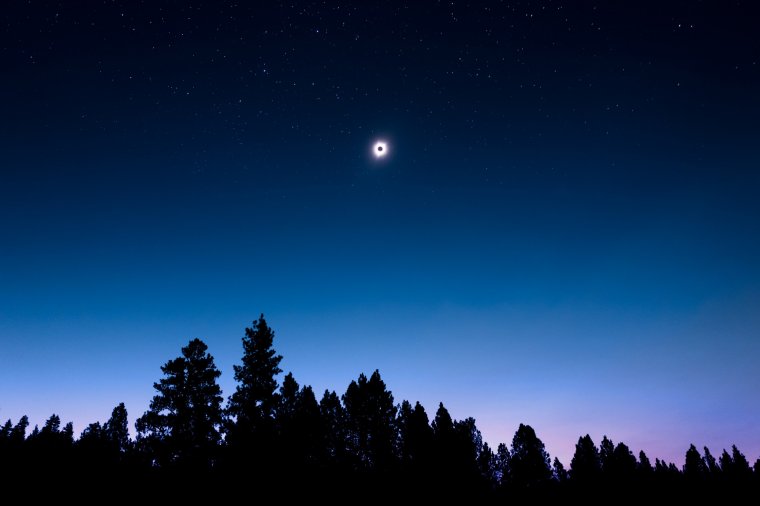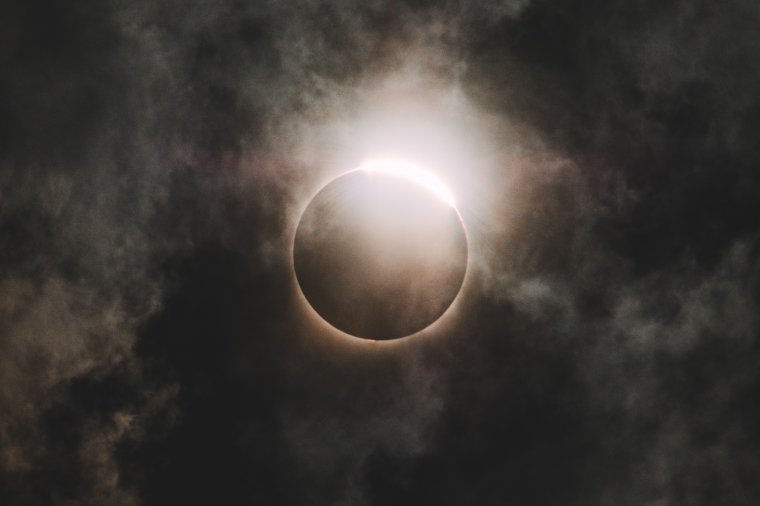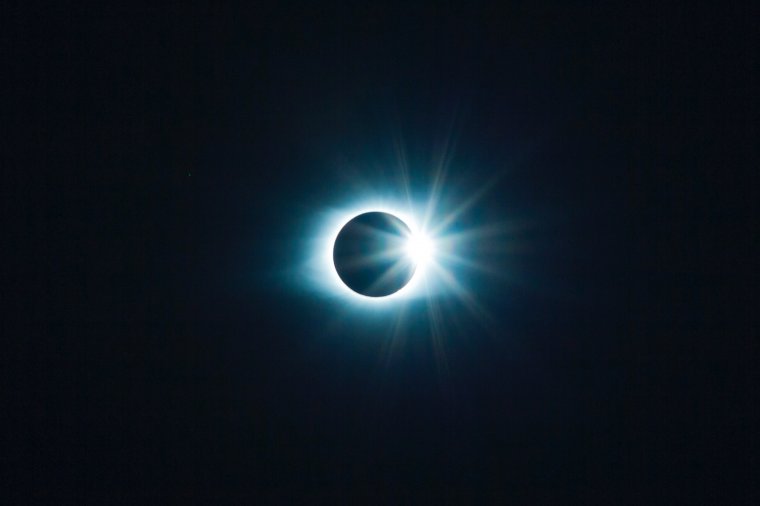
With the today’s modern advanced technology, it is possible to successfully predict upcoming celestial events hundreds, even thousands of years in advance. Eclipses are one of the most common celestial phenomena to occur on a regular basis. As such, eclipse photography has been becoming more and more accessible to photographers. In this article, we’ll discuss what equipment needed to get started in eclipse photography. In future articles, we’ll also discuss the different types of eclipses and the challenges of photographing each type.

In eclipse photography, the first requirement is having the proper equipment. It is highly recommended to use an SLR in order to have full control over the camera settings. Point and shoot cameras can work, but are not as reliable when it comes to this field of photography. An SLR is preferred because the ability to mount a lens of your choice is crucial. You’ll want to have a long telephoto lens attached. A focal length of anywhere from 200mm+ would be ideal. The reason is that with a wide angle lens, you won’t be able to really see the eclipse very well. Being able to fill the frame with the action that’s happening in the skies should be the goal. The easiest way to do this is with a long telephoto lens. If you do not have a long telephoto lens due to the high cost, do not fret! There is a very affordable option available to many photographers. These are called catadioptric lenses (CATs). Some people may also refer to them as reflex lenses or mirror lenses. CATs cost much less than other typical long telephoto lenses and also are physically much more compact. But due to their unique construction, they have several drawbacks. The first drawback is that the f-number value on CATs are fixed and cannot be changed. This means that in order to change the exposure, you’ll have to physically attach a filter such as a neutral density filter. Another result of the unique construction of CATs is a doughnut-shape or iris blur of any bokeh in the image. The final drawback is that most CATs do not have autofocus. The only camera manufacturer to have released a CAT with autofocus to date is Sony. Even though the drawbacks are many, you may find that the affordability and pros of CATs is enough reason for you to purchase one.

If you do not have a long telephoto lens and are not interested in purchasing one, there may be one additional available option for you. Many outdoor and astronomy enthusiasts own telescopes and spotting scopes. Modern telescopes and spotting scopes oftentimes have adapters that can be attached, enabling you to attach a camera to it. Taking photos through this process is called digiscoping. Each individual model varies, so you’ll have to look up your own telescope or spotting scope to see if it supports this option. If it does – you’re in luck! You won’t have to spend money on an ultra-telephoto lens just for eclipse photography. If you do not own a telescope or spotting scope but own a pair of binoculars – guess what? You can casually digiscope by bringing a mobile phone camera or point and shoot camera up to the eyepiece of a pair of binoculars. Of course, this wouldn’t work with most SLRs because the lenses would be too big to fit.

Other equipment you’ll need is a sturdy tripod and a remote shutter release. Both of these are incredibly important when shooting dark scenes and especially with long shutter speed exposures. A remote shutter release will enable you to take photos without having to press the shutter button and risk shaking the camera. Another item that is crucial for solar photography is a solar filter. These are filters that attach to the front of the lens, designed to protect the lens from the bright sun. As with every photo shoot, it is highly recommended to bring extra batteries and memory cards. Eclipse photography is usually done outdoors away from home, so running out of batteries or storage space would ruin the day. Opportunities to take eclipse photos don’t come around very often, so it is important to make the most of it when it does happen.
Happy shooting!
Comments (0)
There are no comments yet.